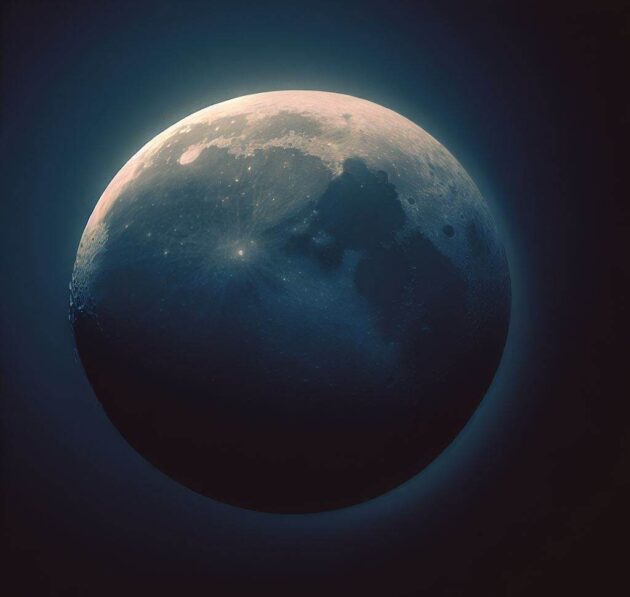Planet Earth is currently confronting significant challenges, many of which are attributable to human activity. The potential for a major catastrophe in the future that renders Earth uninhabitable is a distinct possibility.

Such catastrophes could include large-scale nuclear war, biological warfare, extreme climate change, ecological collapse, pandemics, super volcanic eruptions, and others. In the face of these circumstances, humanity would undoubtedly strive to ensure its survival. One potential option is to relocate from Earth to other nearby celestial bodies, with the Moon and Mars being the primary candidates due to their proximity and technological accessibility. This prompts the question of which would be easier to colonize: the Moon or Mars. To gain a better understanding of this inquiry, several key factors need to be considered.

Distance: The Moon is Earth’s closest celestial neighbor, situated approximately 384,400 kilometers away. In contrast, Mars is significantly farther, at a distance of about 99.08 million kilometers. Based solely on distance, the Moon is undoubtedly easier to reach. However, colonization poses an entirely different set of challenges, wherein Mars may be better suited to sustaining long-term human presence.
Atmosphere: The lack of an atmosphere is one of the most significant obstacles to colonizing the Moon, whereas Mars possesses a thin atmosphere that offers some degree of protection against radiation and small asteroids. The Moon, on the other hand, lacks any form of natural protection against radiation.
Climate and temperature: The Moon’s surface is an inhospitable environment, with temperatures reaching extreme levels of 250 degrees Fahrenheit (120° C) during the day and plummeting to -208 degrees Fahrenheit (-130° C) at night. These extreme temperature variations would severely hinder human activity and progress. In contrast, Mars experiences relatively lower temperatures due to its greater distance from the sun. Equatorial regions of Mars would offer the most favorable conditions for human habitation, with temperatures around 68 °F (20 °C) at noon.
Oxygen: The Moon is completely devoid of oxygen, while Mars contains approximately 0.16 percent oxygen. Initially, humans would need to transport their own oxygen to both the Moon and Mars. Over time, oxygen production facilities could be established, utilizing the trapped oxygen found in oxides and potentially extracting oxygen from frozen ice. Mars offers an additional method of creating oxygen by compressing and heating carbon dioxide.
Water: Both the Moon and Mars possess water in the form of ice, albeit in limited quantities. Acquiring potable water, a readily available resource on Earth, will pose a substantial challenge during the colonization of both celestial bodies.
Gravity: The Moon’s gravity is approximately 1/6th that of Earth, whereas Mars has a gravity that is 3/8th that of Earth. Given that gravity plays a vital role in long-term human survival, Mars holds an advantage over the Moon in this regard.
Terraforming: Many experts argue that Mars holds more potential for terraforming compared to the Moon, which is crucial for achieving self-sufficiency. Mars, being larger and possessing greater resources, offers more opportunities for terraforming. The process of establishing self-reliance in essential resources such as food, water, and air may progress more rapidly on Mars.

It is evident that colonizing both the Moon and Mars will be far from easy. However, the aforementioned factors suggest that Mars holds greater potential for long-term human colonization. This helps explain why most space organizations are primarily focused on Mars rather than the Moon.




Leave a Reply